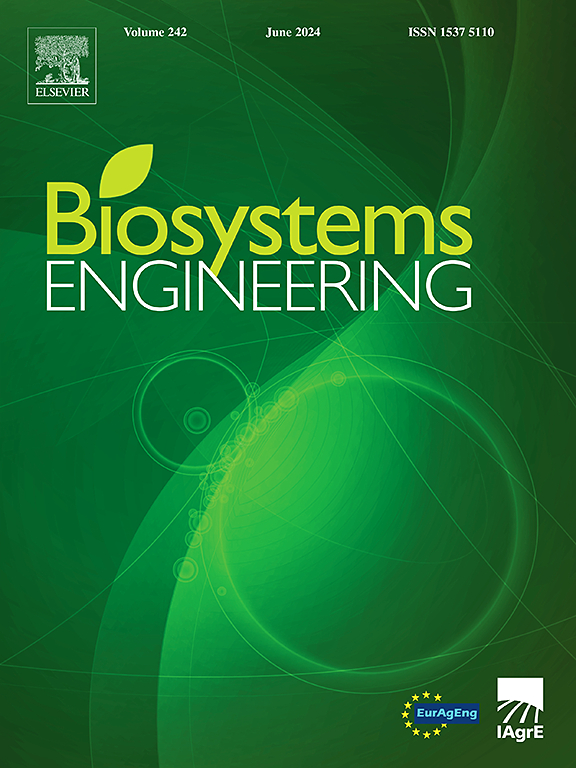扩散板设计对商用压砂过滤器固相去除效率的影响
IF 5.3
1区 农林科学
Q1 AGRICULTURAL ENGINEERING
引用次数: 0
摘要
合理的扩压板设计可以显著改善压砂过滤器过滤过程中的流动分布,因此,假设这种流动分布的改善可以提高固体去除效率。基于此,本研究旨在通过结合不同的过滤层高度和过滤速率,评估扩压板设计对商用压砂过滤器过滤过程中固体去除效率的影响。实验是在一个水力工作台上进行的,这个液压工作台是一个开路水循环器,使用的是来自溪流的水。评估了两种扩散板设计(制造模型和建议模型),评估了两种过滤层高度(0.225和0.45 m)和两种过滤速率(20和75 m h - 1)。所提出的扩散板模型在固体去除方面没有显示出更好的结果,这表明过滤器表面床上更好的流动分布并没有增加固体去除能力。此外,使用最高的过滤层高度和较低的过滤速率可以获得最高的固体去除效率。有必要改进方法,以便在过滤过程中更可靠地估计砂介质过滤器的固体去除效率。过滤出水的时间变异性影响了评价质量。本文章由计算机程序翻译,如有差异,请以英文原文为准。
Effect of the diffuser plate design on the solid removal efficiency of a commercial pressurised sand filter
Proper diffuser plate design can significantly improve flow distribution during filtration in a pressurised sand filter, thus, as hypothesis, this improvement in flow distribution may increase solid removal efficiency. Based on this perspective, this study aims to evaluate the influence of the diffuser plate design on the solid removal efficiency by combining different filtering layer heights and filtration rates, during filtration in a commercial pressurised sand filter. The experiment was performed in a hydraulic bench built as an open-circuit water circulator using water from a stream. Two diffuser plate designs (manufactured model and proposed model) were evaluated, assessing two filtering layer heights (0.225 and 0.45 m) and two filtration rates (20 and 75 m h−1). The proposed diffuser plate model did not show better results regarding solids removal, indicating that a better flow distribution over the filter surface bed did not increase the solids removal capacity. Additionally, it was observed that using the highest filtering layer height and lower filtration rate leads to the highest solids removal efficiency. There is a need to improve the methodology to achieve a more reliable estimate of solid removal efficiency of sand media filters during the filtering process. The temporal variability of the filtered effluent compromised the evaluation quality.
求助全文
通过发布文献求助,成功后即可免费获取论文全文。
去求助
来源期刊

Biosystems Engineering
农林科学-农业工程
CiteScore
10.60
自引率
7.80%
发文量
239
审稿时长
53 days
期刊介绍:
Biosystems Engineering publishes research in engineering and the physical sciences that represent advances in understanding or modelling of the performance of biological systems for sustainable developments in land use and the environment, agriculture and amenity, bioproduction processes and the food chain. The subject matter of the journal reflects the wide range and interdisciplinary nature of research in engineering for biological systems.
 求助内容:
求助内容: 应助结果提醒方式:
应助结果提醒方式:


